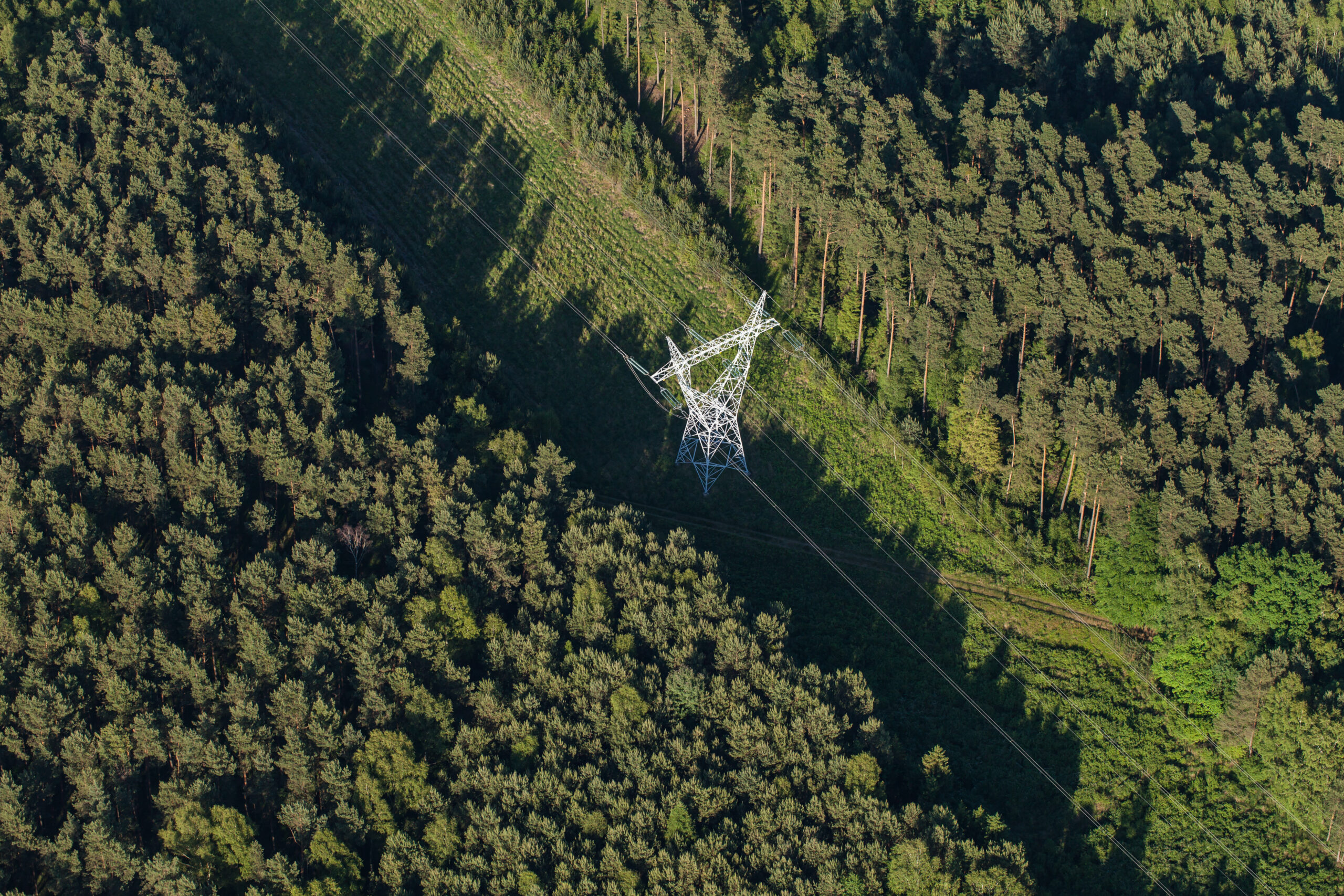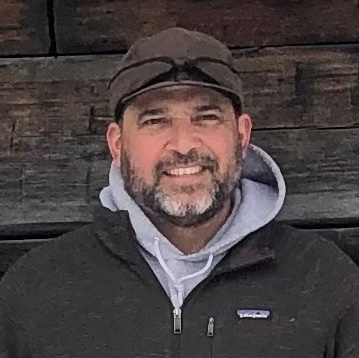Why Integration Is Everything
One of the most compelling themes from the conversation is the value of integration. Too often, vegetation management is siloed and consequently looped in only after design decisions are made or maintenance is underway. This reactive approach puts teams behind the curve.
Bringing vegetation experts into the room early, during engineering meetings, rebuild planning or new construction creates natural opportunities to align strategies. It’s how vegetation teams can “piggyback” on other field access efforts to address hard-to-reach areas and reduce duplication. It’s also how they can build trust with landowners whose cooperation is critical to ongoing access.
The key, our experts share, is consistent dialogue. From field teams to compliance leads, a shared understanding of what’s upstream and downstream of each project strengthens every touchpoint. When storm season hits or rebuild schedules shift, everyone’s already aligned.
Technology and Transparency: Tools That Drive Excellence
Technology is changing the game. Satellite imagery, LiDAR and analytics aren’t just nice-to-haves, they’re essential tools for managing large, heavily wooded service areas and agricultural corridors alike.
In regions like Iowa and southern Minnesota, geography allows for longer corridors with fewer interruptions. Contrast that with the dense tree canopies of Northern Ohio or Michigan, and the need for adaptability becomes key to build into every plan. Tools like Governance, Risk and Compliance (GRC) platforms give teams the ability to set clear timelines, track obligations, and improve visibility across departments.
Although no tool replaces the need for ownership. Every program needs an author; someone accountable for ensuring decisions are documented, internal controls are followed, and lessons learned are shared. That ownership leads to consistency, which leads to audit readiness.
Embedding a Culture of Vigilance
The best vegetation management programs are embedded into a utility’s culture, not tacked on. That culture is built through informal learning moments, like brown bag lunches, and through the empowerment of field staff to act on what they see.
It’s also about recognizing that audit success isn’t a deadline, it’s a byproduct of doing the work correctly, every day. Keeping documentation updated, processes current and tools connected to real-world outcomes ensures that when auditors do arrive, your team is already ahead.
Adaptability Today Means Resilience Tomorrow
With the pace of transmission infrastructure development accelerating, vegetation management isn’t just a regulatory concern; it’s a grid resilience strategy. As new infrastructure is added, new risks emerge. The more proactive utilities are in addressing them, the more confident they can be in their system’s reliability.
At TRC, we bring a grounded, integrated approach to vegetation management. Our teams understand not just the standards, but the operational reality behind them. We help clients navigate that complexity with evidence-based resources, forward-thinking strategy and practical insight.






